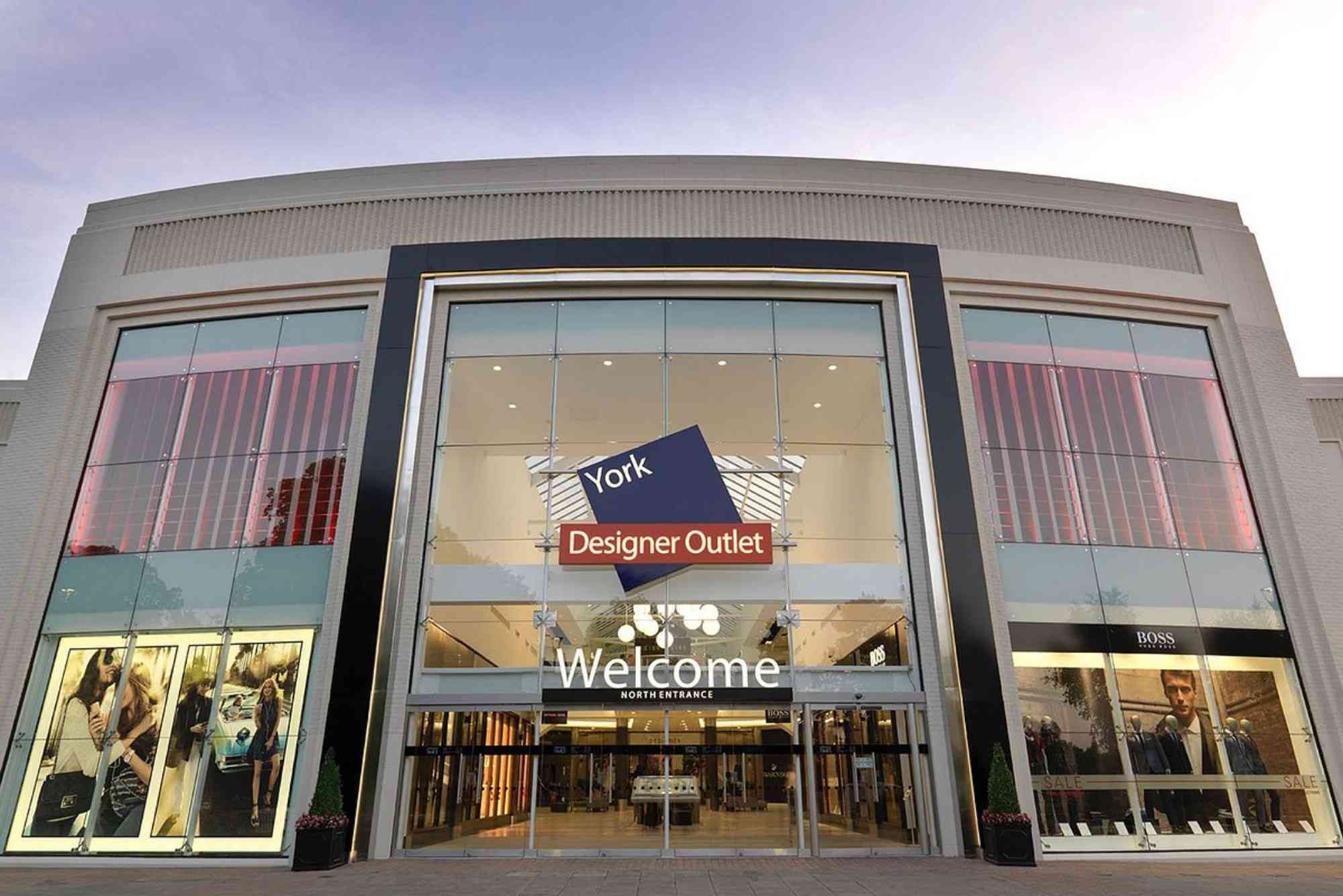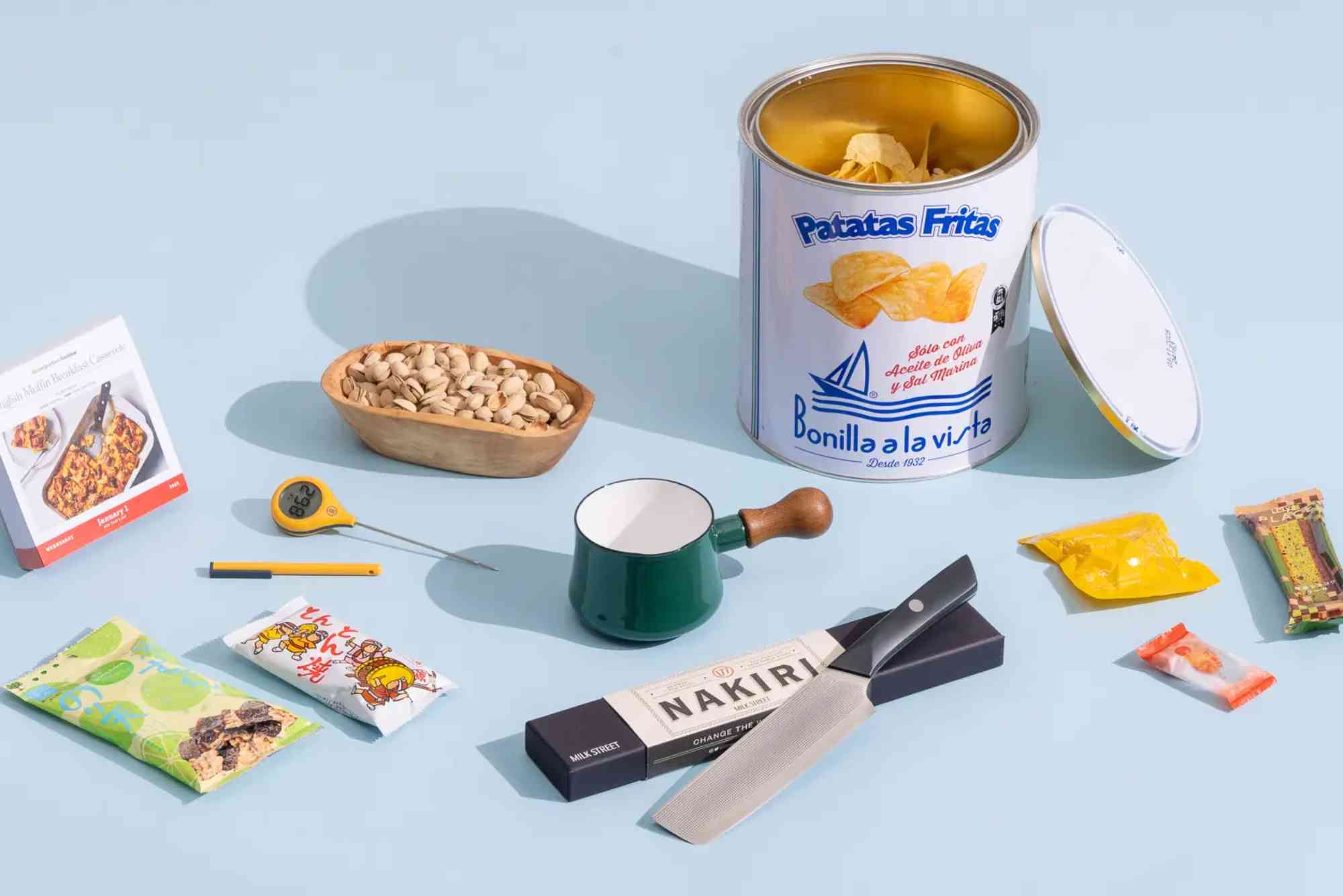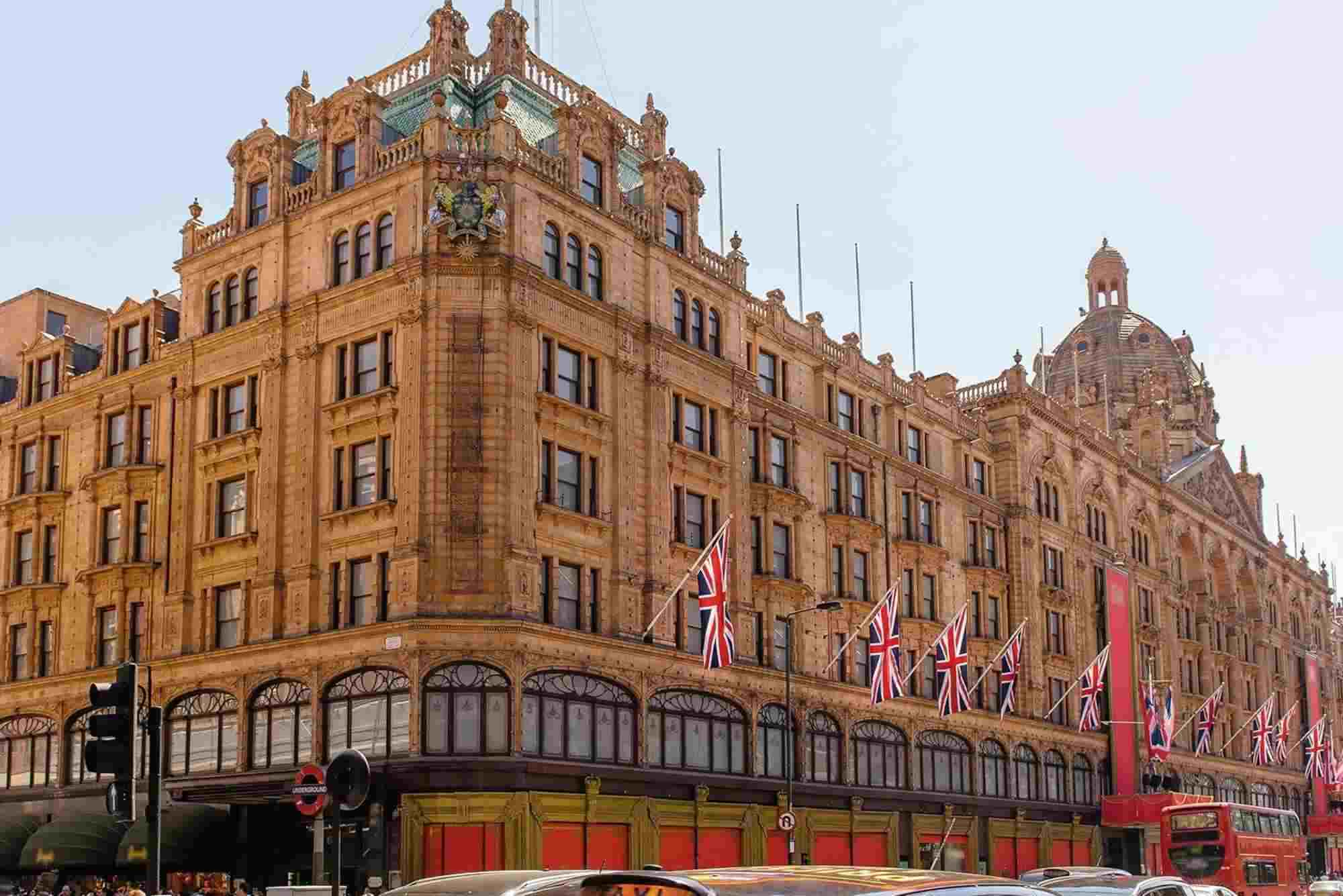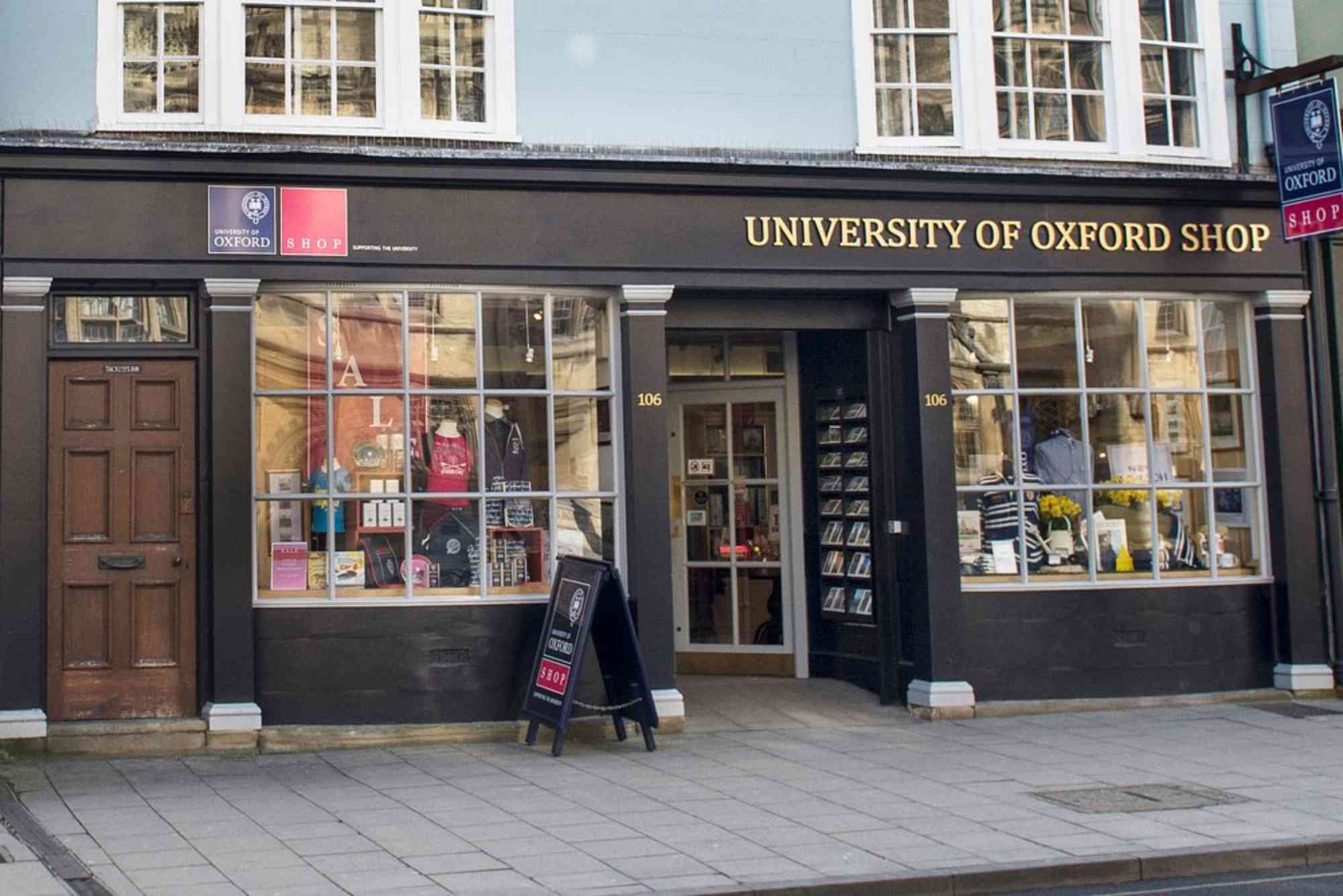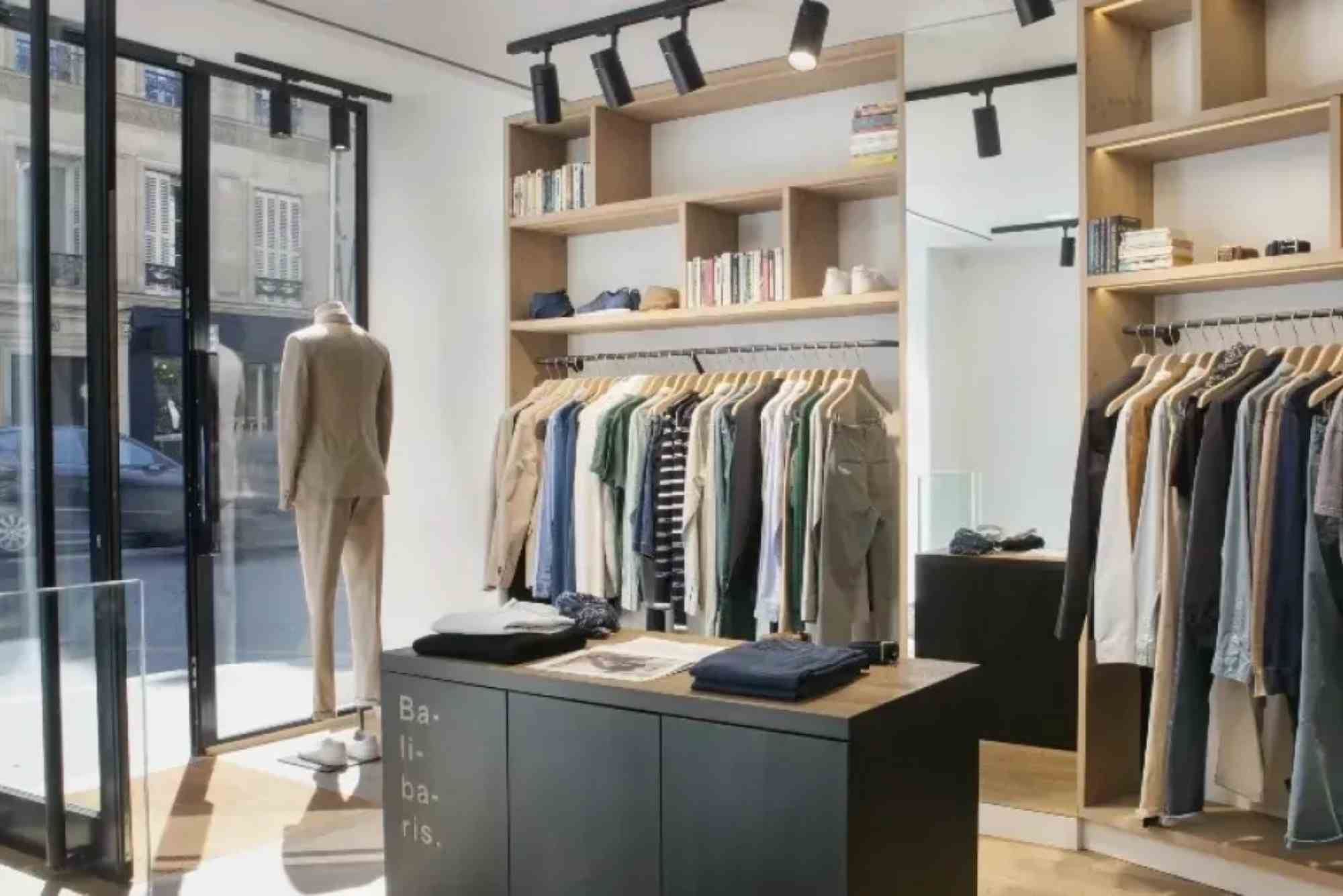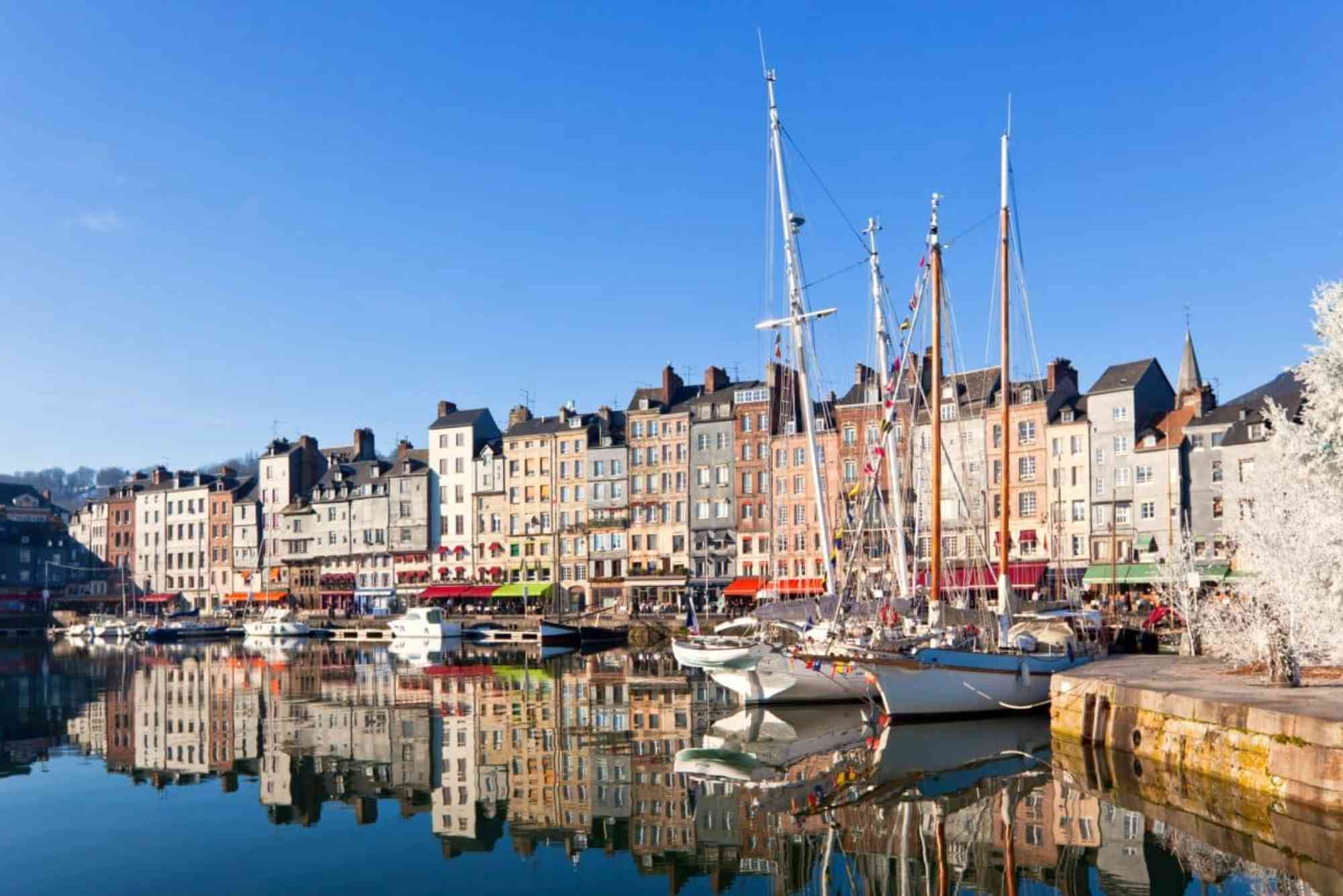Introduction
When you think of Italy Rome: Campo de’ Fiori and Testaccio markets, you imagine a world filled with aromas of freshly baked bread, colorful produce, and the hum of Roman life. These two markets represent the heart and soul of Rome’s daily rhythm, where locals and travelers alike gather to savor authentic flavors and traditions that have defined the Eternal City for centuries.
The Allure of Roman Markets
Markets in Rome are not just places to buy groceries—they are social experiences, deeply rooted in community and culture. From the early morning chatter of vendors to the laughter of tourists discovering new tastes, each moment tells a story of Italian life.
The Campo de’ Fiori and Testaccio markets are among the city’s most beloved. They differ in personality—one vibrant and central, the other local and traditional—but together they capture the essence of Rome’s culinary and cultural landscape.
Campo de’ Fiori Market: A Historical Gem in the Heart of Rome
The Origins of Campo de’ Fiori
Campo de’ Fiori, meaning “field of flowers,” dates back to the Middle Ages. Once an open meadow, it later became a bustling square filled with vendors, artisans, and traders. Today, it’s a vibrant open-air market surrounded by history, cafés, and ancient architecture.
Morning Vibes and Market Magic
As dawn breaks, the square awakens with the buzz of market life. Stalls overflow with seasonal produce—juicy tomatoes, crisp artichokes, and bright citrus fruits. The aroma of freshly baked bread and locally made cheese fills the air. The vendors, often from families who’ve been here for generations, greet customers with warmth and pride.
Buying from Campo de’ Fiori Market is more than a transaction; it’s a cultural exchange. Whether you’re sampling olive oil, admiring hand-painted ceramics, or chatting about recipes, every interaction reflects Rome’s authentic character.
Campo de’ Fiori’s Dual Personality
During the day, the market exudes traditional charm. By night, the square transforms into a lively gathering place filled with music, restaurants, and nightlife. Locals and visitors sit at outdoor cafés, sipping wine under the stars where the morning’s market once stood. This unique transformation makes Campo de’ Fiori one of Rome’s most dynamic spaces.
Testaccio Market: The Soul of Roman Authenticity
A True Local Experience
If Campo de’ Fiori is for the eye and the camera, Testaccio Market is for the heart and the palate. Located in a working-class neighborhood once known for its food warehouses, Testaccio remains deeply connected to Roman tradition.
Unlike the more tourist-oriented Campo de’ Fiori, Testaccio offers a glimpse into everyday Roman life. Here, vendors know their customers by name, and every product has a story—from artisanal pasta to family-made wines.
Modern Design, Ancient Flavors
The market’s modern structure may surprise first-time visitors. Built in 2012, it replaced the older version but retained its soul. Inside, neatly arranged stalls sell everything from fresh seafood to Roman street food. One of the highlights is the panino con trippa (tripe sandwich), a dish that speaks to Rome’s humble culinary roots.
You can also find pizza al taglio, homemade pastries, and organic produce from local farms. Testaccio’s mix of old traditions and modern tastes makes it a must-visit for any food lover.
The Community Connection
Beyond food, Testaccio is about relationships. The vendors take pride in their craft and often share advice, stories, and recipes. This market embodies the Roman concept of la dolce vita—enjoying life’s simple pleasures through connection and conversation.
Comparing Campo de’ Fiori and Testaccio Markets
Both markets tell different stories of Rome. Campo de’ Fiori is steeped in history, appealing to those who want a classic Roman atmosphere. Testaccio, on the other hand, is where you’ll experience the city’s modern local rhythm.
In Campo de’ Fiori, tourists often explore between sightseeing stops, enjoying the blend of culture and cuisine. In Testaccio, locals shop for their weekly groceries and grab a bite from beloved food stalls. Each market complements the other, offering two sides of Rome’s personality—heritage and authenticity.
Why Visit These Markets in Rome
Visiting Campo de’ Fiori and Testaccio markets isn’t just about shopping; it’s about understanding Rome’s identity. You witness how food shapes community, how history lives in everyday life, and how passion defines Italian culture.
Whether you’re a traveler seeking an authentic experience or a local revisiting familiar stalls, these markets reveal the true flavor of Rome. The laughter, aromas, and colors make every visit a memory worth keeping.
Tips for Exploring Rome’s Markets
Arrive early to see the markets come alive. Bring cash, as many vendors prefer it. Take your time—talk to sellers, sample products, and ask for recommendations. And don’t forget your camera; the colors and energy are irresistible.
For those wanting to dive deeper into Roman food culture, Italy Rome: Campo de’ Fiori and Testaccio markets consider taking a local market tour. Many guides offer insider experiences that include tastings and behind-the-scenes stories.
The Cultural Importance of Food in Rome
In Rome, food is an expression of love, history, and pride. Markets like Campo de’ Fiori and Testaccio preserve traditions that go back generations. They connect modern Rome to its ancient roots, reminding us that the city’s greatest treasures aren’t just in its monuments but in its daily life.
FAQs About Campo de’ Fiori and Testaccio Markets
What days are Campo de’ Fiori and Testaccio markets open?
Campo de’ Fiori Market is open Monday through Saturday from early morning until early afternoon. Testaccio Market usually opens the same days but often stays open a bit later.
Is Campo de’ Fiori worth visiting for food lovers?
Absolutely. It’s ideal for those who want to experience Roman flavors and vibrant street life in a central, historic setting.
Which market is more local and less touristy?
Testaccio Market is known for its authentic, local atmosphere and fewer tourists compared to Campo de’ Fiori.
Can I eat at the markets?
Yes! Both markets offer ready-to-eat meals. Testaccio, in particular, is famous for its street food stalls and traditional Roman dishes.
How do I get to the Testaccio Market from central Rome?
You can reach it by metro (Piramide station) or bus. It’s located near Monte Testaccio, within walking distance of the Aventine area.
Conclusion: Taste the Real Rome
The Campo de’ Fiori and Testaccio markets offer more than shopping—they offer a journey into the heart of Roman life. Each has its own flavor: Campo de’ Fiori for its historic energy, and Testaccio for its authentic soul. Together, they reflect why Rome remains one of the world’s most captivating cities.


